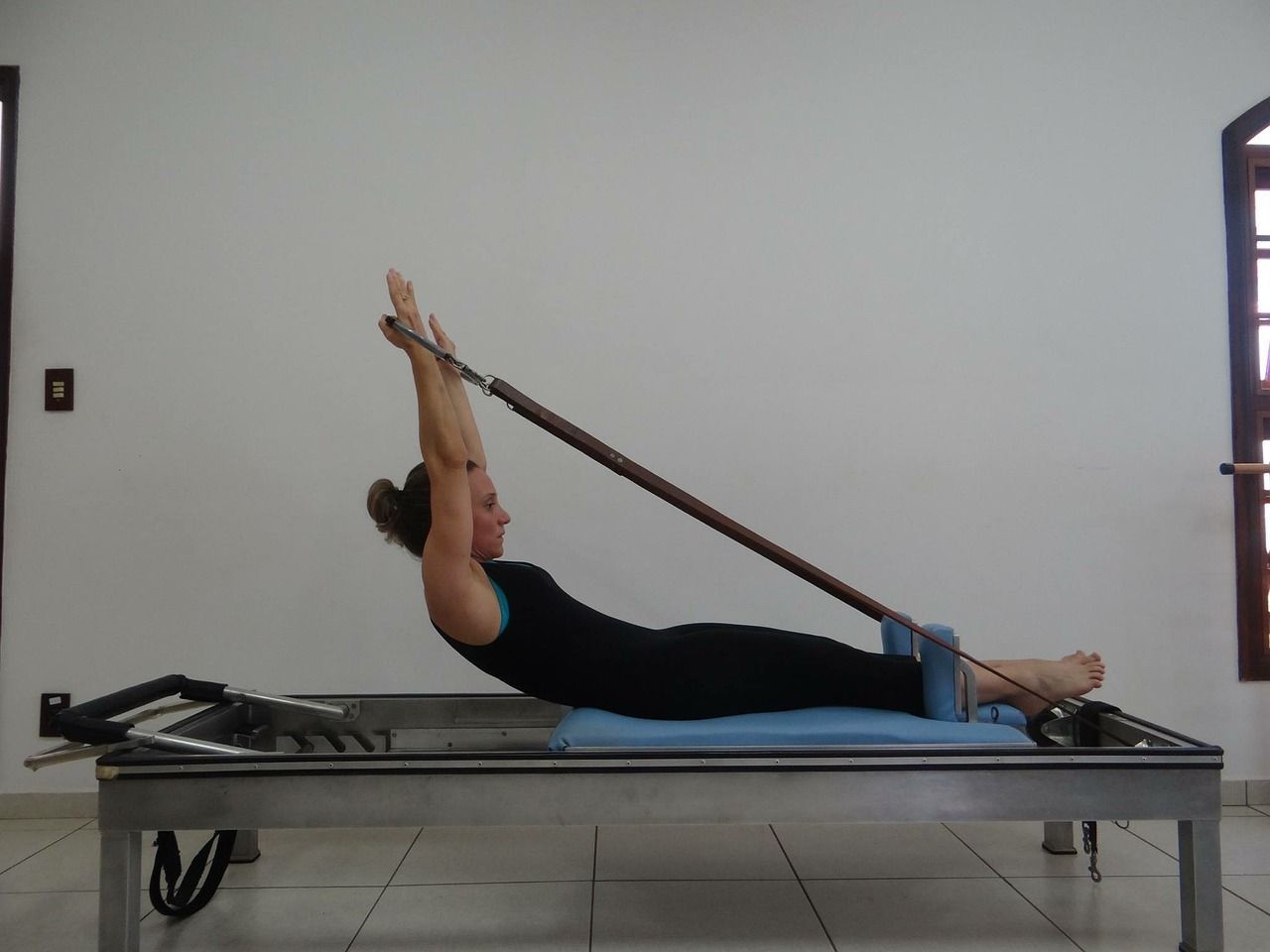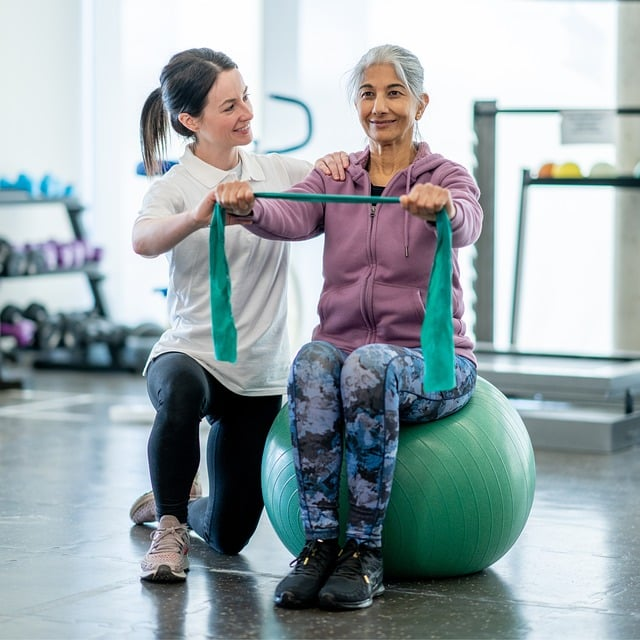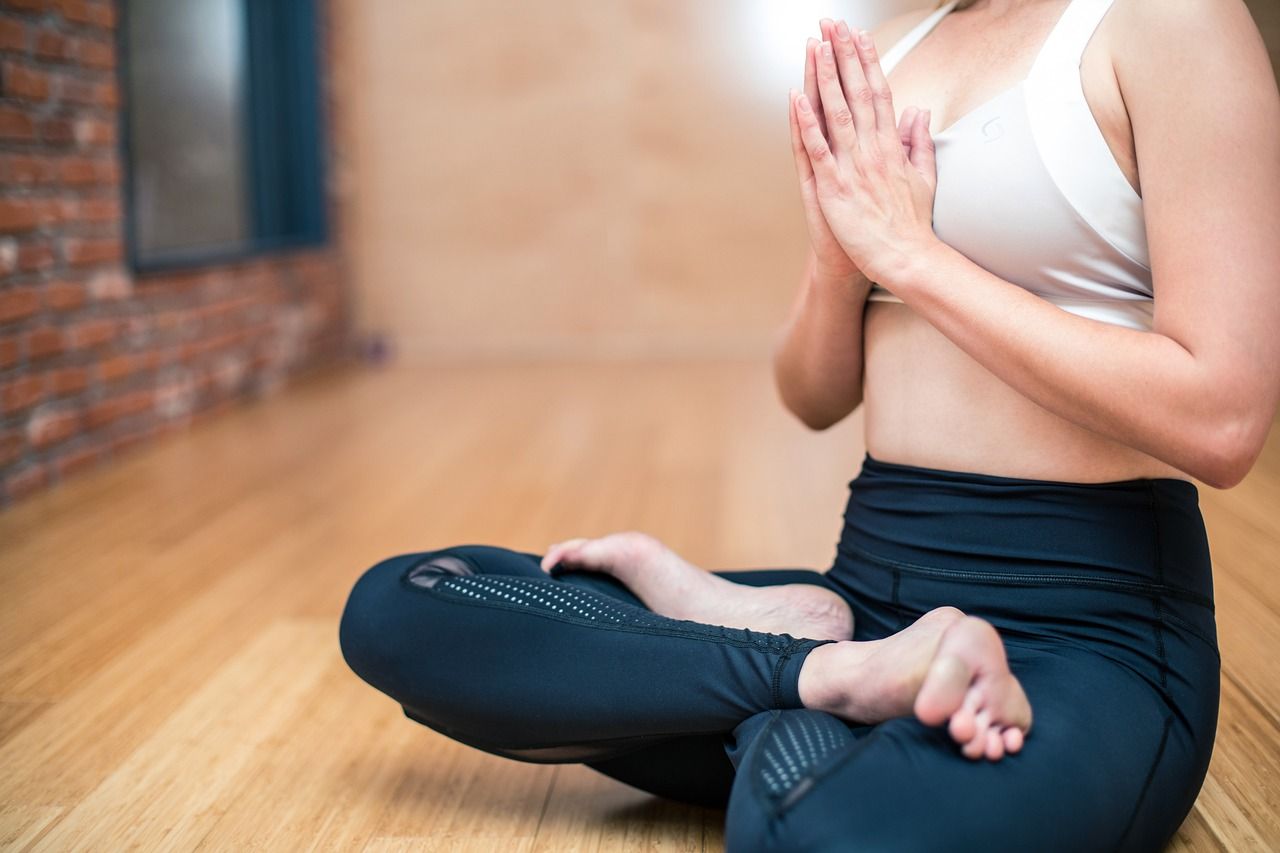Physiotherapy Bands Explained: Benefits and Exercises
Physiotherapy bands are a versatile and effective tool for physical therapy and fitness training. They are also known as resistance bands or exercise bands.
These bands are generally made of synthetic rubber or latex, and come in a variety of sizes, strengths, and colours. They can be used to target specific muscle groups or provide full-body workouts.
Why use physiotherapy bands?
There are a myriad of reasons to use exercise bands with the main one being to aid your recovery from a sports injury. The use of the band helps in building strength and promoting flexibility.
Other reasons could simply be to add some variety to your exercise routine.
But as we’ll explore, there are so many possible uses for physiotherapy bands, making them a valuable addition to your fitness arsenal.
What are the benefits of using physiotherapy bands?
One of the key benefits of physiotherapy bands is their ability to provide resistance throughout the entire range of motion.
Unlike traditional weights, which provide the most resistance at the beginning of a movement and less as you move through, bands maintain constant tension on the muscles throughout the exercise.
This is really effective as it can help improve muscle activation and engagement, leading to better results and most importantly, reduced risk of injury.

Physiotherapy bands are also a low-impact option for those who may have joint pain or other limitations. The bands allow you to perform exercises with controlled, smooth movements that put less stress on the joints than high-impact exercises like running or jumping.
On top of that, the bands can be easily adjusted to provide more or less resistance, making them suitable for people of all fitness levels and abilities.
Types of physiotherapy bands
There are several types of physiotherapy bands available on the market, each with its unique features and benefits. Here are some of the most common types of physiotherapy bands that you can use to improve your strength and flexibility.
Resistance bands
Resistance bands are arguably one of the most versatile types of physio bands. They come in different lengths and thicknesses, and you can adjust the resistance level by changing the band's tension.
Great for…Resistance bands are excellent for both upper and lower body exercises. Their primary objective is to help improve your strength, flexibility, and general range of motion.
Therapy bands
Therapy bands, also known as flat bands, are thin, wide bands that also come in a variety of different resistance levels.
Great for…Therapy bands are ideal for low-impact exercises, with the aim of helping improve your posture, balance, and stability. Therapy bands are also great for rehabilitation exercises, especially for people recovering from injuries or surgery.
Loop bands
Loop bands, also known as mini bands, are small and narrow bands that form a loop. They come in different resistance levels and are ideal for lower body exercises, such as squats, lunges, and leg press. Loop bands can help improve your lower body strength, stability, and flexibility.
Great for…Loop bands are used primarily to improve your lower body strength, including the legs, hips and glutes.

Tube bands with handles
Tube bands with handles are long and cylindrical bands with handles on each end. Like nearly all the other types of physiotherapy bands above, they can be purchased with different resistance levels in mind.
Great for…Unlike loop bands which focus on the lower body, tube bands are perfect for upper body exercises, such as bicep curls, tricep extensions, and shoulder press. Tube bands with handles are mainly used to help improve strength, endurance, and flexibility.
Common uses for physiotherapy bands
Physiotherapy bands are excellent for a whole range of different uses. These include improving strength, flexibility, mobility, and injury rehabilitation.
Strength training
Physiotherapy bands are a great way to add resistance to your strength training routine. The main reason for this is that they come in a variety of different resistance levels, so you can choose the one that suits your strength level.
Due to their flexibility, you can also use them to work a different muscle group. For example, you can perform exercises such as bicep curls and tricep extensions to target the arms. Squats and lunges to target the legs, and so many more.
Flexibility and mobility exercises
Physiotherapy bands are also useful for improving flexibility and mobility. There are a variety of exercises which are designed to improve your range of motion and reduce muscle stiffness.
For example, performing exercises such as shoulder rotations, leg stretches, and hip openers will all help improve your mobility. They are especially beneficial for those people who are recovering from injuries and may be experiencing limited mobility.
Injury rehabilitation
Injury rehabilitation is one of the main uses for physiotherapy bands. They are particularly effective at pinpointing and subsequently strengthening muscles around the injured area, improving blood flow, and reducing pain.
If used as part of a specially designed fitness programme, you may find that you recover faster and avoid further injuries.
Progressive resistance techniques
Physiotherapy bands can also be used for progressive resistance techniques. These techniques involve gradually increasing the resistance of the band over time helping to build strength and improve your overall fitness level.
In conclusion, physiotherapy bands are one of the most versatiles fitness tools you can own. One of the main reasons is the fact they can be used to address multiple use cases, including improving strength and flexibility, and aiding injury rehabilitation.
They are also accessible to nearly every individual. Whether you are old or young, weak or strong, mobile or not, they really are perfect. Without doubt, this is one of the best fitness tools to improve your overall fitness level and achieve your fitness goals.
Here at Physio Ascot, physiotherapy bands play a key role in all of our programmes, be it for recovery or general fitness.
We commit to providing the best, expert personalised care, not just in Ascot, but across the whole of Berkshire.
Physio Services
Physio Ascot
Sports Massage Ascot
Nutritional Therapy Ascot
About Us
Contact Us


